Nvidia’s GPUs have been the main choice for most AI researchers and companies, as they offer high performance and efficiency for training and running large language models, such as OpenAI’s GPT-4.


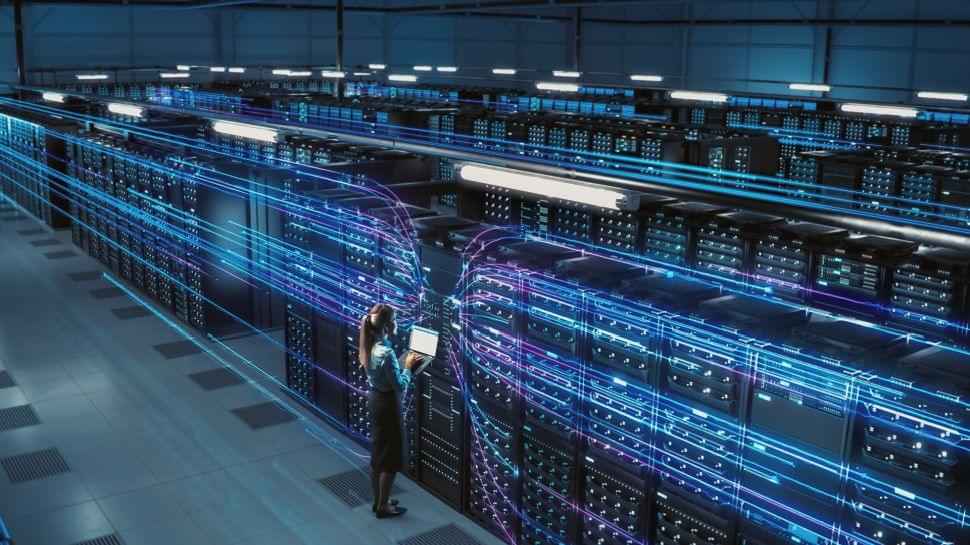
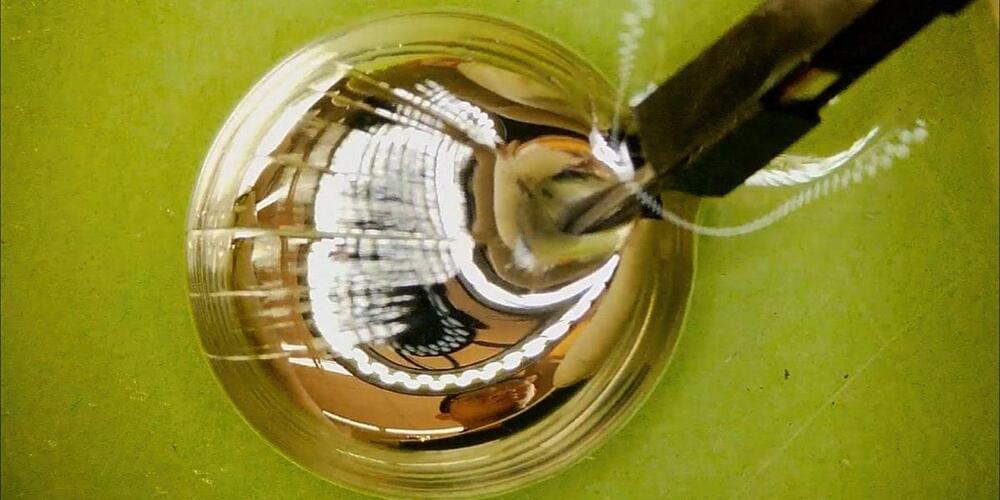

Cedars-Sinai Cancer investigators have used a unique precision medicine and artificial intelligence (AI) tool called the Molecular Twin Precision Oncology Platform to identify biomarkers that outperform the standard test for predicting pancreatic cancer survival. Their study, published in Nature Cancer, demonstrates the viability of a tool that could one day guide and improve treatment for all cancer patients.
“Molecular Twin, which we developed at Cedars-Sinai, can be used to study any tumor type, including pancreatic cancer, which is notoriously difficult to treat,” said Dan Theodorescu, MD, Ph.D., director of Cedars-Sinai Cancer and the PHASE ONE Foundation Distinguished Chair, and senior author of the study. “Using our Molecular Twin technology, we anticipate creating tests that can be used even in locations that lack access to advanced resources and technology, pairing patients with the most effective therapies and expanding the availability of precision medicine.”
Investigators used the Molecular Twin platform to analyze blood and tissue samples from 74 patients with the most common and most aggressive pancreatic cancer type, pancreatic ductal adenocarcinoma. The disease begins in the cells lining ducts that carry digestive enzymes from the pancreas to the small intestine.
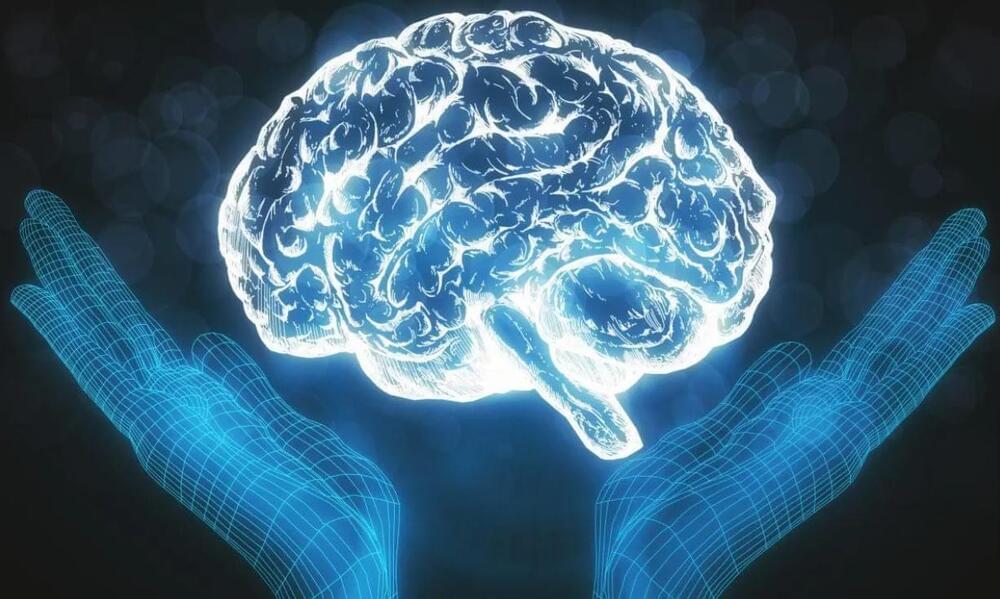
A report by the Massachusetts Institute of Technology (MIT) has revealed that it is still cheaper to use humans for certain jobs than artificial intelligence (AI).
This comes amid concerns that AI will replace many jobs currently handled by humans. The report suggests that AI cannot replace the majority of jobs in cost-effective ways at present.
In a study addressing fears about AI replacing humans in various industries, MIT established that using AI to replace humans is only profitable in a few industries.

After just over 10 and a half days in space, Peregrine Mission One, which was hosted by the private space company, Astrobotic Technology, burned up in the Earth’s atmosphere over the South Pacific Ocean on January 18, 2024, at approximately 4:04 pm EST (1:04 pm EST). This concluded what is being deemed as a mostly successful mission for the first commercial mission for NASA’s Commercial Lunar Payload Services (CLPS) program, although the spacecraft was unable to land on the lunar surface due to a fuel leak that occurred about seven hours after launch on January 8, 2024. Despite this, Peregrine was able to test several of its onboard instruments during the short mission, which will provide valuable data for future missions to the Moon, specifically for NASA’s Artemis program.
Had Peregrine landed on the Moon, it would have marked the first time a US-built spacecraft would have landed on the lunar surface since NASA’s Apollo 17 in 1972. Despite this, four of the five instruments on Peregrine successfully collected data during the 10-day mission: Linear Energy Transfer Spectrometer (LETS), Near-Infrared Volatile Spectrometer System (NIRVSS), Neutron Spectrometer System (NSS), Peregrine Ion-Trap Mass Spectrometer (PITMS), with the fifth instrument, NASA’s Laser Retroreflector Array (LRA), designed to only be used on the lunar surface.
“Astrobotic’s Peregrine mission provided an invaluable opportunity to test our science and instruments in space, optimizing our process for collecting data and providing a benchmark for future missions,” said Dr. Nicola Fox, who is the associate administrator for NASA’s Science Mission Directorate at NASA Headquarters. “The data collected in flight sets the stage for understanding how some of our instruments may behave in the harsh environment of space when some of the duplicates fly on future CLPS flights.”
At a new restaurant, Miso Robotics’ Flippy robot prepares french fries, while its BurgerBot makes burgers from a wagyu blend, grinding the meat for each burger only after an order is placed.
The AI robots making burgers and fries at CaliExpress could help the restaurant industry address its persistent labor shortage.
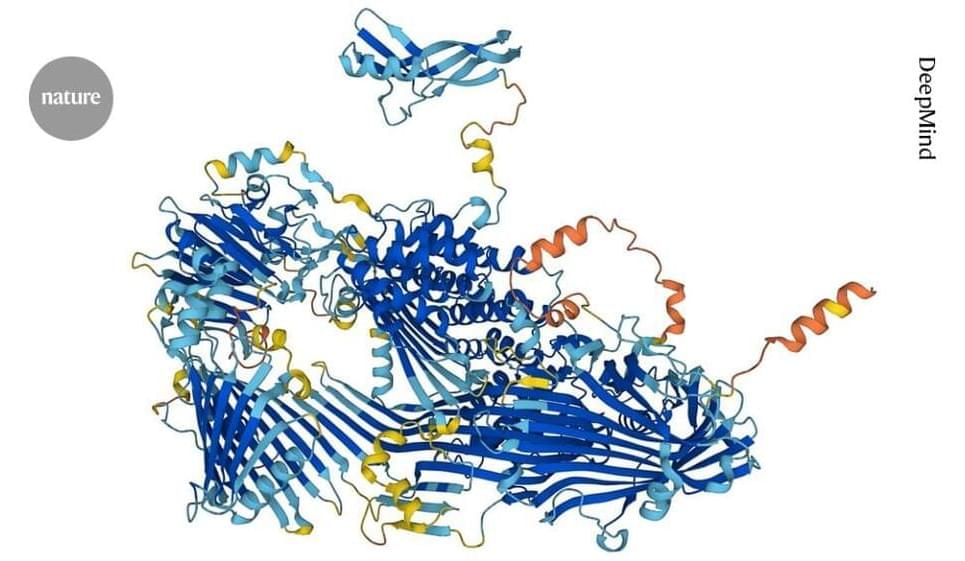
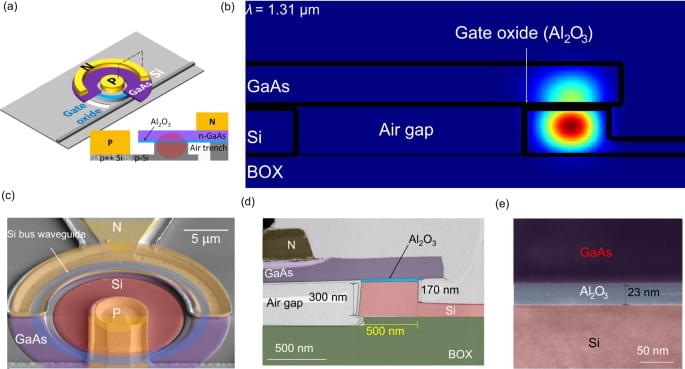
Photonic integrated circuits have grown as potential hardware for neural networks and quantum computing, yet the tuning speed and large power consumption limited the application. Here, authors introduce the memresonator, a memristor heterogeneously integrated with a microring resonator, as a non-volatile silicon photonic phase shifter to address these limitations.
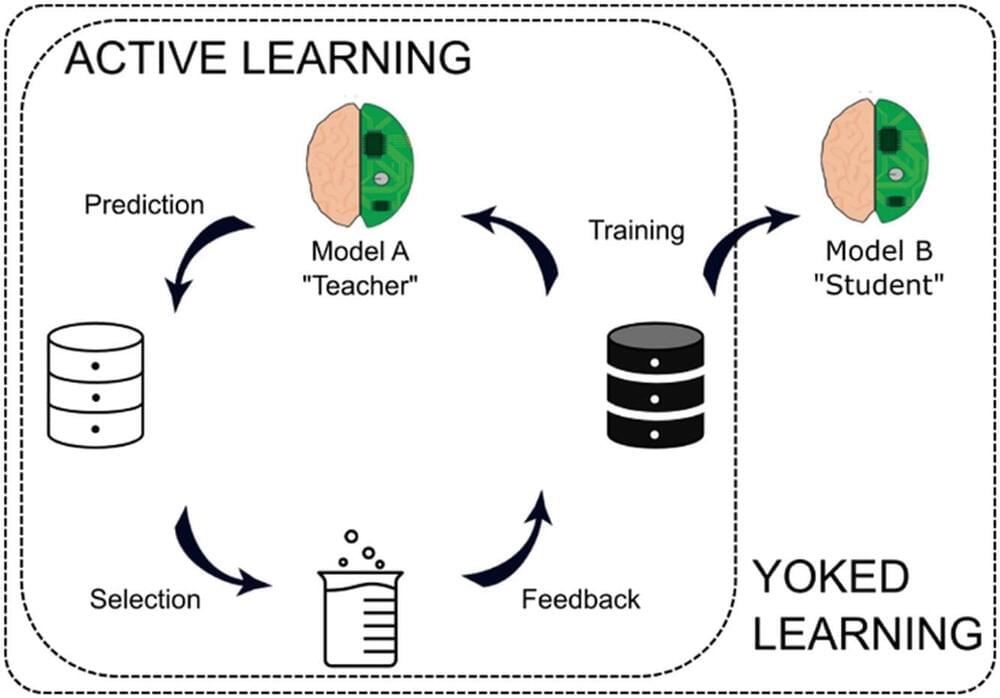
Biomedical engineers at Duke University have developed a new method to improve the effectiveness of machine learning models. By pairing two machine learning models, one to gather data and one to analyze it, researchers can circumvent limitations of the technology without sacrificing accuracy.
This new technique could make it easier for researchers to use machine learning algorithms to identify and characterize molecules for use in potential new therapeutics or other materials.
The research is published in the journal Artificial Intelligence in the Life Sciences.